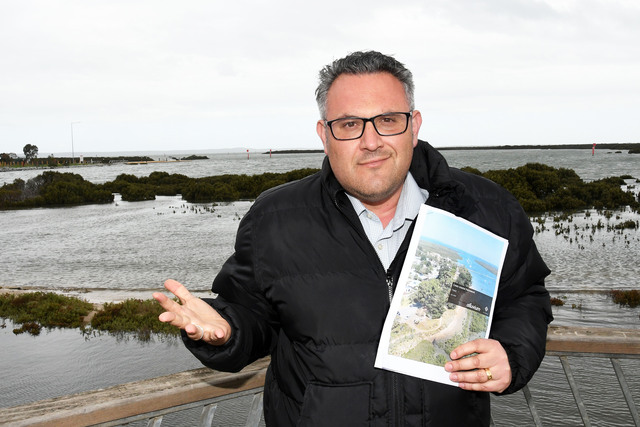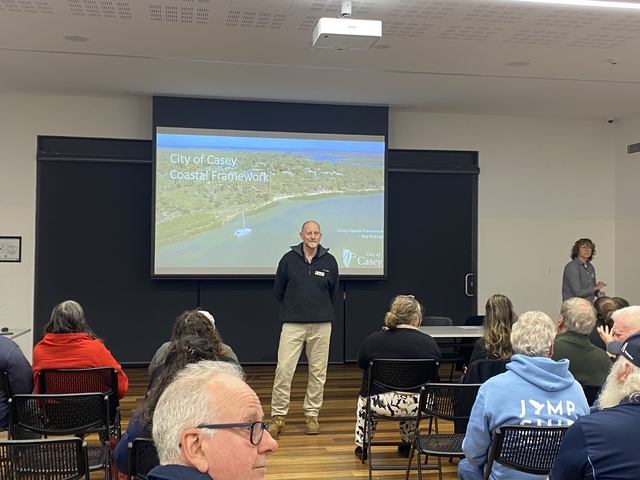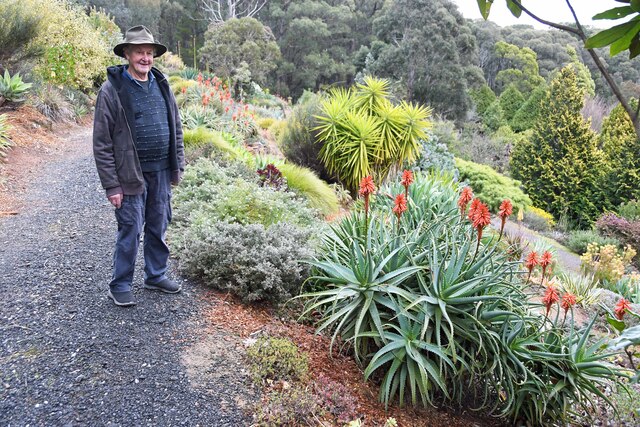Casey Council will prepare a planning report following the Casey Coastal Framework, with community consultation expected to gather input.
Casey Coastal Framework is a strategic plan endorsed by the Council last year to “provide direction, strategic justification, adaptation recommendations, guide change, and inform decision-making on how to respond to increasing coastal hazard risks”.
The Framework looks at future impacts from two directions: increased rainfall from storms and rising sea levels.
The Framework recommends a planning report as the next step, which was confirmed at a community information session by Casey Council in mid-May this year.
According to the Council, a Planning Report will provide important context and support for any future Planning Scheme Amendments to the Casey Planning Scheme, and the Casey coastal community will be engaged in future planning work.
The timeline for the report and the community consultation has not been pinned down yet.
Council notes that as the floodplain manager for the area the City of Casey is in, Melbourne Water is responsible for understanding and managing flood risks, who is a key partner in the planning process for sea level rise for the Westernport Bay, and Council will work closely with Melbourne Water in hazard adaptation and increasing resilience.
The information session, which aims to brief the community on the Framework and answer any relevant questions, attracted about 100 registrations.
At the community information session, which attracted about 100 registrations, a key question was asked several times by the community around the next steps for the Planning Report.
Participants showed strong interest in providing feedback when the proposed planning report came out, as some of them noted there were only 25 responses to an online survey for the Casey Coastal Framework consultation, largely due to a lack of awareness in the coastal village community.
Anthony Tassone, vice president of Casey Residents and Ratepayers Association, said it is essential that the Council undertake an extensive and thorough consultation and engagement process from hereon before any potential planning scheme amendments are considered.
“A proper and genuine consultation needs to ensure good public awareness, sufficient time to participate and multiple ways that the community can provide feedback, both in-person at pop-up events at convenient locations and times, online surveys and the ability to provide written comments,” he said.
“It’s imperative that the Council also provide ongoing communication and updates as the coastal framework project progresses.”
Mr Tassone ran for Tooradin Ward in last year’s Casey Council election, where most of the coastal villages are located.
He talked with Star News back then, saying the Tooradin community felt let down by Casey Council, who he said rushed through the adoption of the framework without having genuine consultation.
He questioned the data sources and modelling used within the Framework, claiming that many locals did not see the perceived high risk in the Framework as credible.
The Framework shows that over 84 per cent of the general residential zone and all commercial areas in Tooradin are at a high risk of temporary inundation by 2100.
It suggests a general principle for planning to avoid new development or assets in coastal hazard areas.
The data and the modelling used in the Framework were another repetitive question asked by the community at the information session. Some residents expressed the wish that more up-to-date models could be used. Some were worried that the model could be conservative. Some asked if the team behind the Framework had measured any sea level rise personally in the area.
The Framework references modelling featured in the Western Port Local Coastal Hazard Assessment (Water Technology, 2014) and its updates (Water4Good, 2021).
According to the Council, this data is the “most sophisticated and fit-for-purpose studies available”. It has been publicly available for almost 10 years and is widely used for assessing coastal hazards.
City of Casey Tooradin Ward Councillor Jennifer Dizon said since being elected, she had learnt more about how the Coastal Framework was developed, and what it looked to address.
“I’ve been part of several discussions and briefings with council officers about the Framework. I have learnt that this framework references the best available coastal hazard studies and data,” she said.
“I have had a number of Tooradin residents say to me that they’ve lived in the area for many years and during that time they have not seen the tides rise to the extent expressed in the Framework.
“However, a big takeaway for me is that the Coastal Framework doesn’t just look at rising sea levels, but the impacts of increased significant storms, which, combined with high tides, can temporarily flood areas not previously affected.
“As a community, we need to make sure we’re prepared for storms that cause flooding. How will we respond when storms bring more frequent and severe flooding in our coastal areas? How can we ensure the infrastructure is sturdy enough? Is our community equipped to be resilient? That’s what this framework considers and plans for.”
Mr Tassone said it can’t be overstated how important the following planning process is.
“It cannot be rushed. It must be carefully considered because of what’s at stake for existing investments and livelihoods for residents in the area, and for the Coastal villages to fulfil their potential environmentally, culturally and economically,” he said.
“To inform potential future planning scheme amendments, councillors will need to consider adaptation options. In the Coastal Framework report, it presents options ranging from: non-intervention, avoidance, retreating and protecting. We believe residents and ratepayers would expect their Council to take the necessary steps and make the necessary investments to protect and defend community, business, agricultural and residential assets in coastal areas.
“What we don’t want to see are unintended and detrimental outcomes that have the Council not wanting to invest in Coastal areas and decommissioning existing assets because of fears of potential climate hazards that could be decades away, if at all.”








